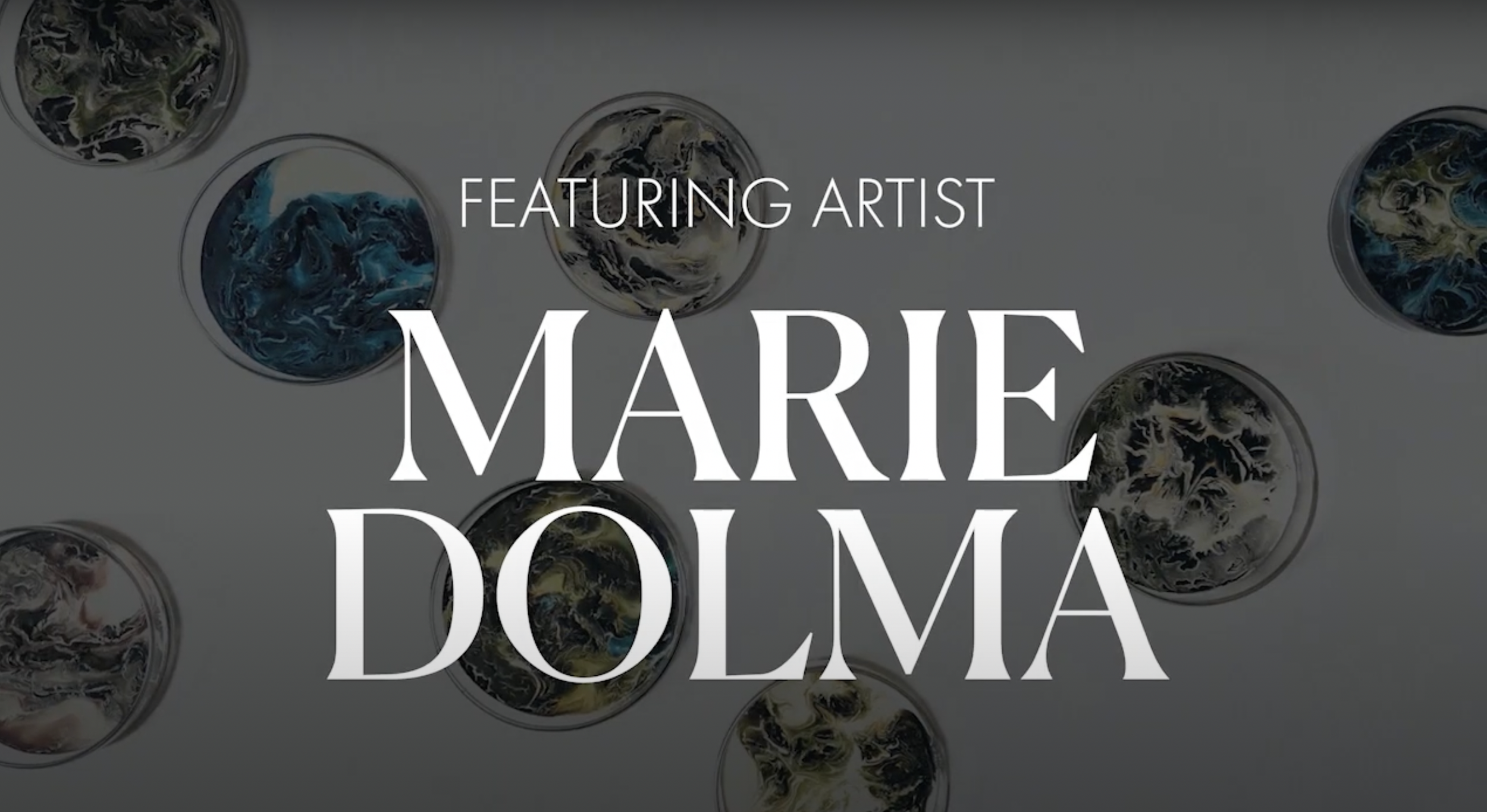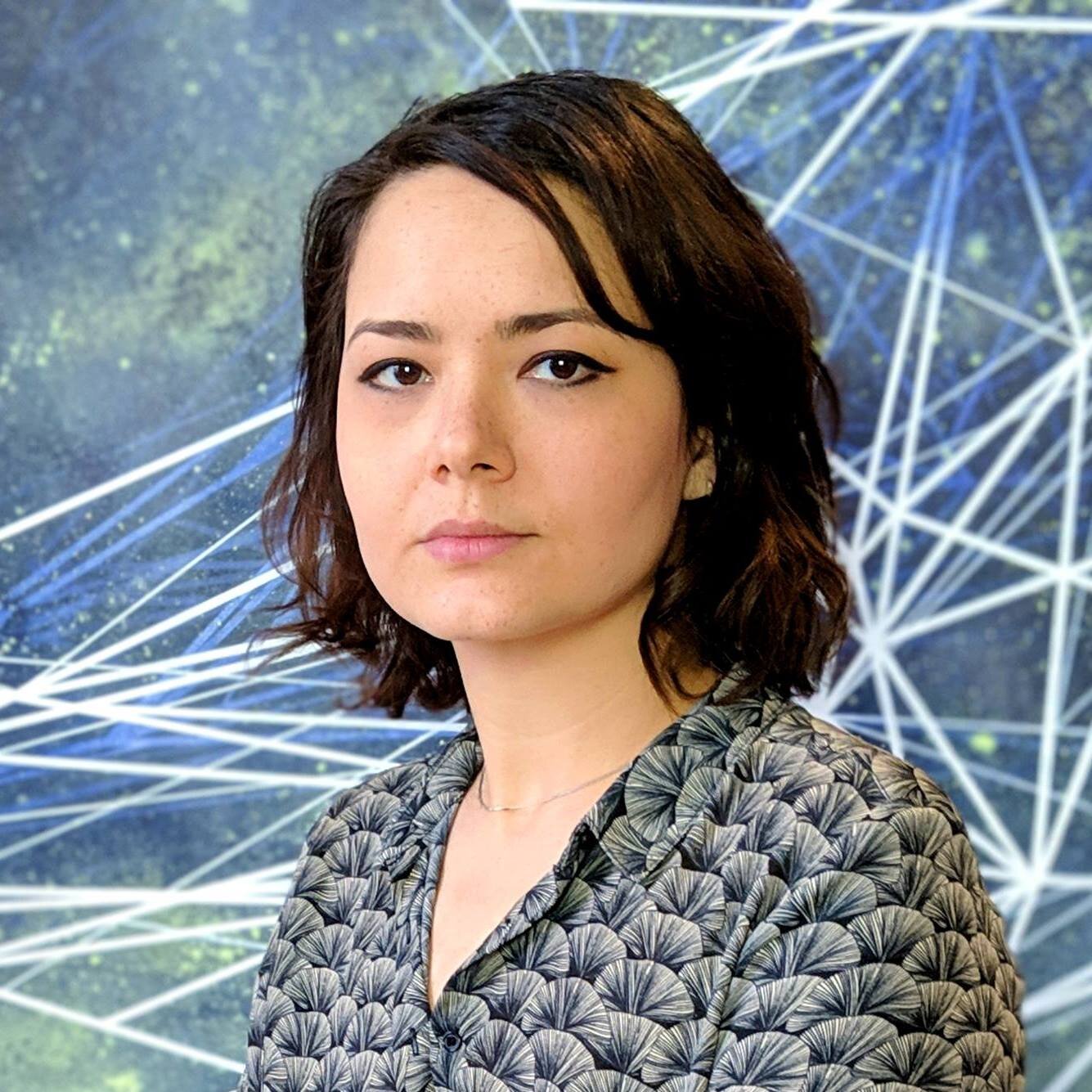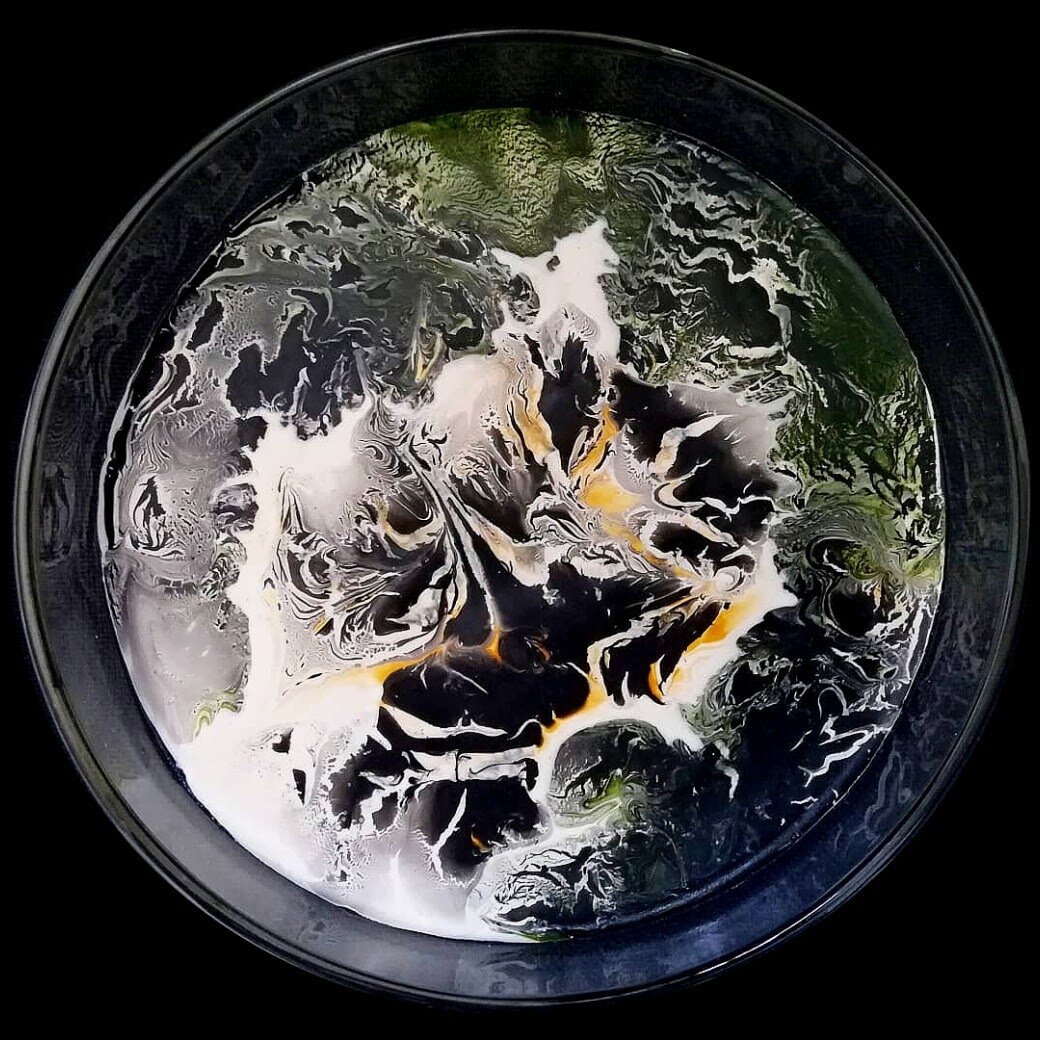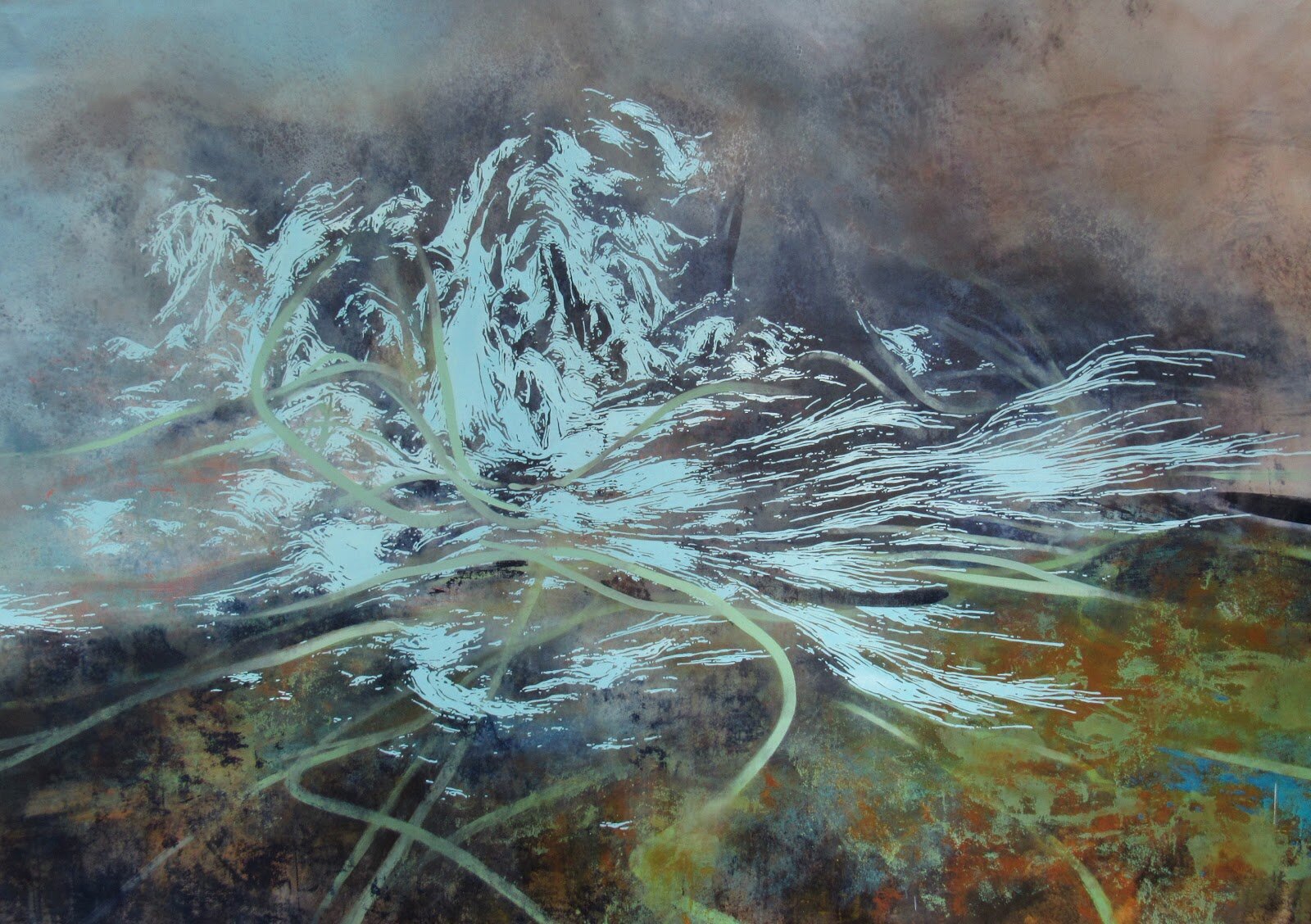Interview with Marie Dolma: The Spotlight Series Ep. 9








The Spotlight Series is a documentary series by The Yakpo Collective that highlights prominent Tibetan contemporary artists and their artworks. The series exist to provide resources for generations to come, in order to foster a learning environment based on art and creativity.
If you had a superpower what would it be?
Marie Dolma: Traveling time.
Can you tell me a little bit about what you do and your background?
MD: I am French, I was born and raised in France to a French mother and a Tibetan father. I got a french education over there, went to art school at The Ecole Nationale Supérieure des Beaux-Arts de Paris where I got my masters degree in art.
How did you start exploring art? Why do you make art?
MD: I guess because I don’t know what else to do.That’s the best thing I had to do with my life. Art came to me pretty naturally, not that I had people doing art in my family directly. My parents were really open and interested in art. I was drawing as a kid, and it just came naturally. In high school, I took a class specializing in art. So it came to me pretty early. I was lucky enough to get into this art school in paris.
What does art mean to you?
MD: It’s something I couldn't live without. It helps for reflection. It helps to better understand oneself, myself, even the world we’re living in. It gives me a way to impede time that is so accelerated in our world right now. And to get back some control of time, on my time. And leave some internalized world and inflection.
Was there an important moment in your life where you decided to follow art?
MD: I can’t find any trigger in that. Really it’s been pretty smooth. I decided on going into art so I never really questioned that.
What does Tibetan contemporary art mean to you? Does your Tibetan influence you in any way?
MD: Along with my French education, I think that my connection to buddhist philosophy and Tibetan culture through my father came to shape my relationship with land and nature and conservations and life. The fact that I've never been to Tibet myself, it is somehow a land I have internalized. I started to paint a lot of mountains when I studied art in school, without really knowing why. I realized that it was not really about the subject itself with mountains, it was a way for me to integrate part of my culture. Without really thinking, I was repetitively painting a lot of mountains. And finally, I understood that it was a way for me to explore a part of my identity.
What inspired the artworks we see here today? What’s your process?
MD: For the whole Biology of Space series, it started after I had created works made of acrylic skins called Migrations. They were inspired by satellite views of the earth and colors and textures found in minerals. I think my work is somehow always navigating between the micro and macro worlds. They are in the end very similar in essential forms. Then in my work, by blurring or voluntarily eluding this sense of scale, it reveals the internal connections and similarities between these two worlds that seem really far apart but actually having a common essential form and complex inter-connections that look similar.
A whole landscape in a piece of rock knowing that a piece of land itself is made of an accumulation of these rocks. From there quite naturally, I came to realize that bacteria and fungi colonies such as in petri dishes culture or in the wild, create similar patterns and very complex networks. And for this series of works, I first did an installation called Biology of Space in 2019 where I used glass petri dishes in which I poured acrylic paint as a sort of simulacrum. What was done in the biology lab for example. In order to create my own miniature worlds, they embrace the organic mineral in its simplest forms.
Then I took this series to another angle with the limited edition series of prints. From work that I’ve done on paper and re-worked on the computer, they’re also called Biology of Space. There's a piece called Winter,a painting I made back in 2013 which shows off some kind of mountain or navigating suspended in a cosmic space with topographic grids under. Which is something I use a lot for many years.
The topographic grades were a way for me to add some skeleton – something geometric through a fluid world. It was an exploration between something really constraint and something more fluid, more organic. So either they work together or they compete, it’s up to them at some point. Generally I work without preparatory sketches. So I just start to work on the canvas directly. I have generally a blurry idea at first and then as I work, while putting things on top of another, It’s really layered. And then at the end I have these worlds I’ll create that are- What I try to convey as generally a sense of movement of space. Of something that is out of scale that you cannot really identify as small or big.
You’ve mentioned that sometimes depending on the angle you choose, seeing a painting is only seeing one version of what it has to offer. There are many versions of a world if you move around. Can you reiterate this and say a little more about what you mean?
MD: I was thinking that because I was working on all these details on the painting so closely. Moving around the painting and seeing different moments of the day, I realized my mind was totally changing. Like the weather and time. Like they say about the eyes of Mona Lisa. She’s following you but somehow when you see her from a different angle she’s still looking at you. I experienced something like that with this painting. I was seeing the perspective, working on the canvas frontally and suddenly realized it was working totally differently looking at another angle. And I thought that’s how art should be, it’s not something you have to look at just frontally.
What were your favorite parts or details in the Biology of Space?
MD: I was really interested in fungi and cosmology and at some point I realized that using paint this way by pouring, trying with different illusions, I could really create some kind of landscape looking piece. That it would be contained in something not necessarily the frame of a canvas. Here it was in a glass petri dish. So I think suddenly just by the shape of the petri dish, it would be an unknown planet but also remind us of all these microworlds and cultures of bacteria that are growing constantly and everywhere.
How do you overcome artist block and do you have any tips for it?
MD: It’s part of the creative process. It’s really part of the work to accept and even embrace. If possible these phases where you don’t feel inspired, you don’t feel like your work is good enough that you’re doubting, I feel like actually this is a good friendly doubt. That’s what makes you push further and try to convey where you want to go to be better and to identify it better what you’re doing. The tips would be just it’s good to try to push in the studio but at some point you have to learn how to let go also and take some time for yourself and nourish yourself because working in the studio is not everything. Through reading, seeing art shows, seeing movies, walking, nature, whatever you like. Get a sense of fulfillment.
What do you want viewers to take away from your pieces?
MD: I hope they can experience some immersing moment where they can lose themselves. And in the end be part of it somehow. When art touches you this way it’s not necessarily something you can name; you can put words on. It touches you so much, then it’s a success
What is your favorite daily routine and how does it enhance your creativity?
MD: It depends on the moment right now in the season. I’m very happy to grow plants and flowers. It’s actually quite magical. It's just seeing life growing and you’re responsible for it. You have a duty once you start it and you have to keep it alive. This is something that actually puts me in a good space for working on art. It’s everything that reminds me of my place on this planet. That we’re just a speck of dust in the universe but we can still do our part in being able to open our eyes and see that life is all around.
What is your most treasured tool or something you cannot live without as an artist?
MD: Paint. Materials to create color. The studio space is quite a sanctuary. It’s hard to have people getting in. It’s a space that’s my own where I spend most of the time. Even when I’m not painting, there’s a process of getting it to work. So I’m kind of secretive about that space.
As an artist having space is an essential part of the creative process.
Is your studio space usually tidy?
MD: I always re-organize my studio.
What advice would you give to a young artist?
MD: Work. don’t listen too much to what people say. It’s good to hear critics but do it when you’re ready. There’s no rush. Don’t focus on career plans. It can only poison the work in the end. Try to find your voice and be sincere in your work.
What do you dislike about the artworld?
MD: Trends. I’m not really good at that. Business shouldn’t be part of the work. It’s not transparent.